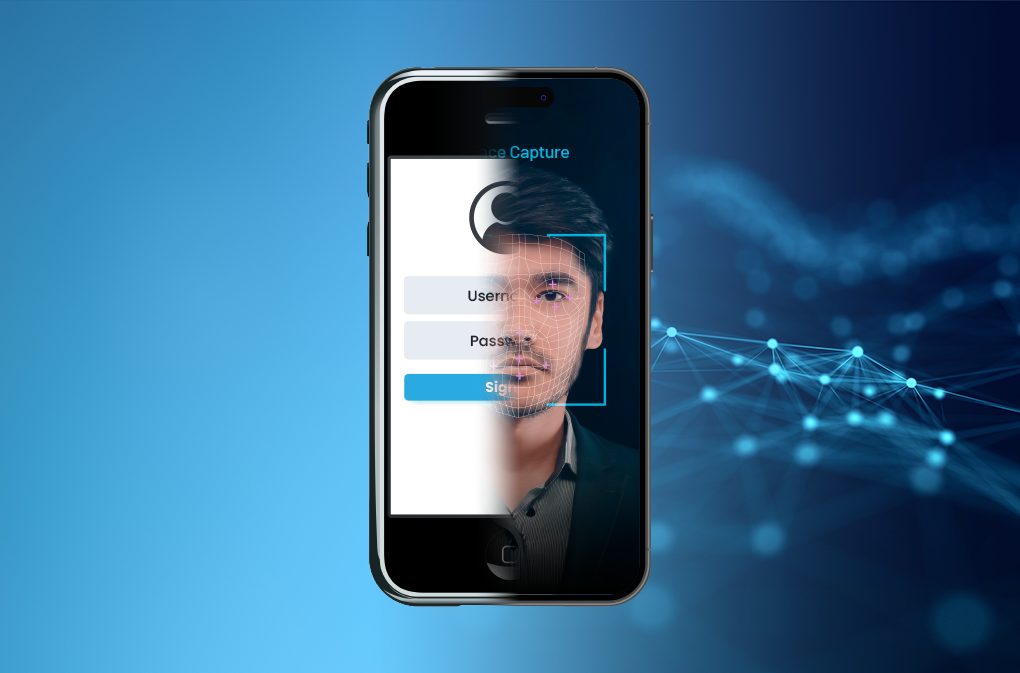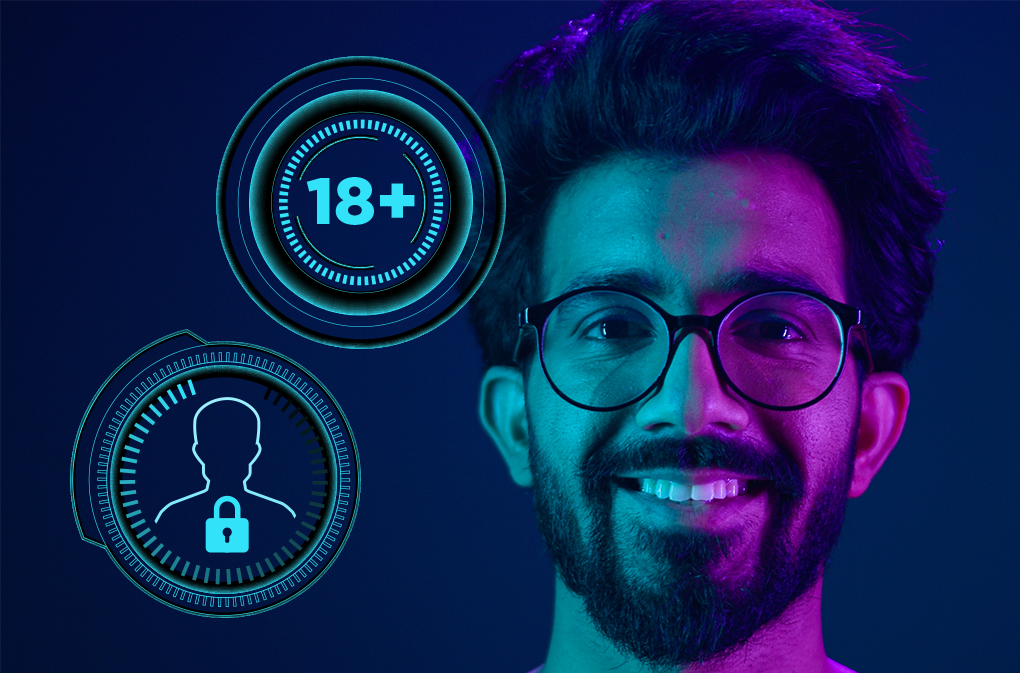Our Biometric Banking Future
Here's How Biometric Technology Is Transforming the Banking Industry
Financial institutions are always prime targets for fraud, theft, and other malicious practices, making effective biometric identity authentication solutions a must.
The banking industry in particular has been subjected to an increasing number of scams and hoaxes over the past twelve months.
What’s changed? When the COVID-19 pandemic forced customers who typically visit a physical bank branch to conduct their sensitive business online, it left those customers newly vulnerable, protected only by traditional (and flawed) online security protocols like passwords and PINs.
Passwords Aren’t Cutting It Anymore
Traditional security measures like passwords and PINs are simply insufficient for several reasons:
- They’re difficult for customers to use; the more secure (i.e., complex) the password, the harder it is for customers to remember.
- They’re knowledge-based; once they’re known, they can be easily used by fraudsters to impersonate legitimate customers.
- They’re everywhere; customers typically reuse the same passwords and PINs for multiple applications, so a security breach anywhere is a threat to security everywhere.
For these and other reasons, online banking customers require (and are increasingly demanding) a better security approach, one that’s both convenient and safe.
As it happens, there’s really only one technology that ticks both of those boxes. Biometric identity authentication—the verification of fingerprints, face, voice, and/or palm recognition—is the answer.
Biometrics Makes Banking Faster and Safer
The days of having to visit a bank branch in order to do business may not disappear completely, but they’ll soon be few and far between. Biometric identity authentication and onboarding have all but removed the risk of conveying sensitive information and conducting transactions of consequence through apps and websites.
Better yet, biometric technology is incredibly fast and easy to use. Face recognition, for instance, can verify a customer’s identity through a live selfie. Think of the convenience of not having to visit a bank branch just to set up orders or reset a PIN, nor having to answer tedious (and sometimes baffling) security questions.
Biometrics Is the Future of Banking
Banking is fast becoming an on-the-go practice. Nearly every bank now offers a mobile app, and current estimates place smartphone use at over 45% of the global population. Many, especially those in rural communities, find mobile banking a revelation in their lives.
But fulfilling the promise of mobile banking requires stronger, more customer-friendly security measures; it requires biometrics.
When secured by biometric technology, a mobile transfer of funds across the globe can be safely executed with the mere tap of a fingerprint. Within seconds, financial objectives can be met without the need for any paper, inquisition, or travel.
In fact, the levels of convenience, protection, and versatility that biometrics provides are so appealing to consumers, many traditional in-person banking customers may never go back—even after the pandemic subsides.
Passwords and PINs are a thing of the past; biometrics is the future.
Want to learn more about biometric technology? Click here.








